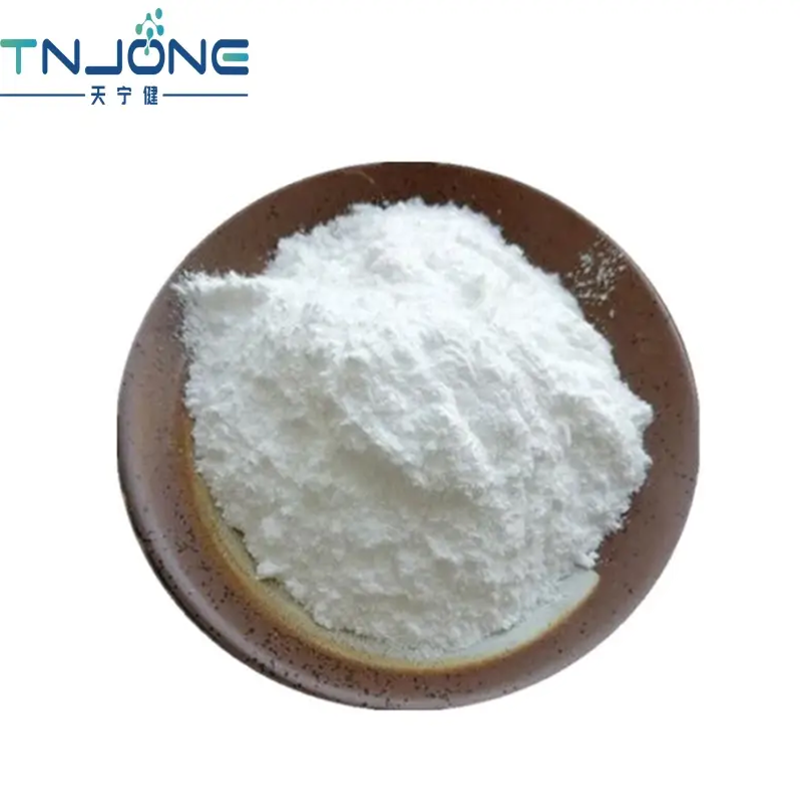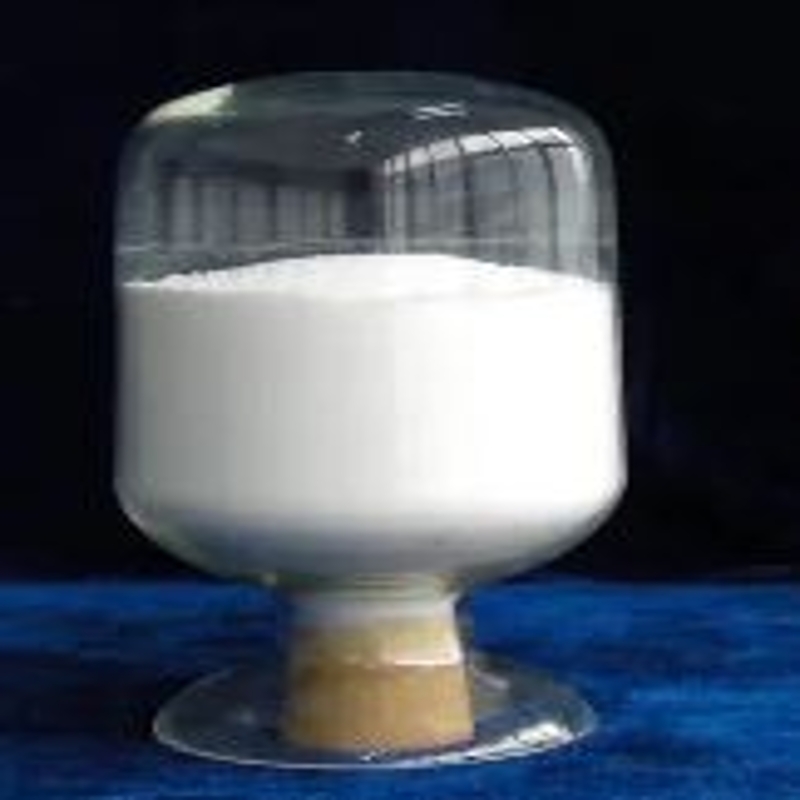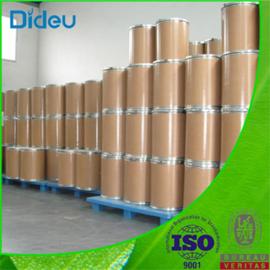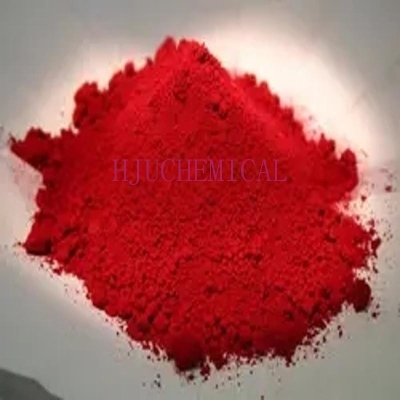Food Additives
- • Coating Agent (19)
- • Preservative (33)
- • Coloring Agent (38)
- • Gum Base Agent (25)
- • Anticaking Agent (7)
- • Food Antioxidants (41)
- • Enzyme (48)
- • Flour Treatment Agent (4)
- • Leavening Agent (1)
- • Bleach (3)
- • Other Food Additives (83)
- • Emulsifier (24)
- • Food Flavorings (27)
- • Water Retention Agent (1)
- • Acidity Regulators (5)
- • Sweeteners (35)
- • Stabilizer and Coagulants (4)
- • Defoamers (5)
- • Nutrition Supplements (151)
- • Thickener (29)
- • Odorants (29)
- • Colorant (16)
Related News
-
Hi & Fi Asia-China concluded successfully, and ECHEMI gained a lot from participating in the exhibition!
2024-06-21 -
An organic acid with a natural sour taste and antiseptic properties - lactic acid
2024-06-04 -
Citric acid, a widely used food additive
2024-06-04 -
Chinese National Health Commission Unveiling Innovative Food Additions: Paraguayan Holly Leaves, Yeast Protein, and Catechins Hit the Shelves
2023-12-15 -
Health Canada Grants Approval for Allura Red as a Food Additive in Fruit-Flavored Beer
2023-12-13 -
Daiya Foods Embraces Dairy-like Culturing Methods As It Unleashes Reformulated Plant-based Cheese
2023-12-12
Coloring Agent
Sodium dehydroacetate
(4418-26-2)-
Food Grade / 99%
$20-25/KG FOB
-
Food Grade / 99%
-
Food Grade / 98%
-
Food Grade / 99%
Request for quotation , get quotes from more suppliers.
Acid Blue 3
(3536-49-0)-
Food Grade / 42%
-
Industrial Grade / 99%
-
Industrial Grade / 99%
-
Industrial Grade / 99%
$2-2.1/MT FOB
Request for quotation , get quotes from more suppliers.
Anthocyanins, grape
(11029-12-2)-
Food Grade / 99%
$20-22/MT FOB
-
food grade / 25%
-
![Enocyanin buy Enocyanin]()
Industrial Grade / 99.0%
-
![Anthocyanins buy Anthocyanins]()
Request for quotation , get quotes from more suppliers.
Chlorophyll a
(479-61-8)-
![Chlorophyll A buy Chlorophyll A]()
food Grade / 99%
$2/KG EXW
-
Industrial Grade / 99%
-
- / 99.00%
-
Request for quotation , get quotes from more suppliers.
Carthamus
(36338-96-2)-
- / 99.00%
-
![SAFFLOWER YELLOW buy SAFFLOWER YELLOW]()
IndustrialGrade / 99.00%
-
![Carthamine buy Carthamine]()
Industrial Grade / 99%
-
![SAFFLOWER YELLOW buy SAFFLOWER YELLOW]()
Request for quotation , get quotes from more suppliers.
Laccaic acid
(60687-93-6)-
![LACCAIC ACID buy LACCAIC ACID]()
Industrial Grade / 99%
-
![LACCAIC ACID buy LACCAIC ACID]()
-
![LACCAIC ACID buy LACCAIC ACID]()
-
![LACCAIC ACID buy LACCAIC ACID]()
Industrial Grade / 99%
Request for quotation , get quotes from more suppliers.
Monascus Red
(874807-57-5)-
food grade / -
-
Food Grade / 0.1%
-
Food Grade / 99%
-
Food Grade / 99.99%
Request for quotation , get quotes from more suppliers.
C.I. Solvent Red 80
(6358-53-8)-
Pharmacy Grade / 99%
-
- / 99.00%
-
Chemical Grade / 99%
$15-17/KG FOB
-
- / 99%
Request for quotation , get quotes from more suppliers.
-
![n-Octanal Dimethyl Acetal buy n-Octanal Dimethyl Acetal]()
Food Grade / 99%
$10/KG EXW
-
![1,1-Dimethoxyoctane buy 1,1-Dimethoxyoctane]()
Industrial Grade / 99.0%
-
![1,1-Dimethoxyoctane buy 1,1-Dimethoxyoctane]()
-
![1,1-Dimethoxyoctane buy 1,1-Dimethoxyoctane]()
Request for quotation , get quotes from more suppliers.
-
![Catechu (resin) buy Catechu (resin)]()
Industrial Grade / 98%
-
![Catechu (resin) buy Catechu (resin)]()
-
![Catechu (resin) buy Catechu (resin)]()
-
![Catechu (resin) buy Catechu (resin)]()
Industrial Grade / 99%
Request for quotation , get quotes from more suppliers.






































